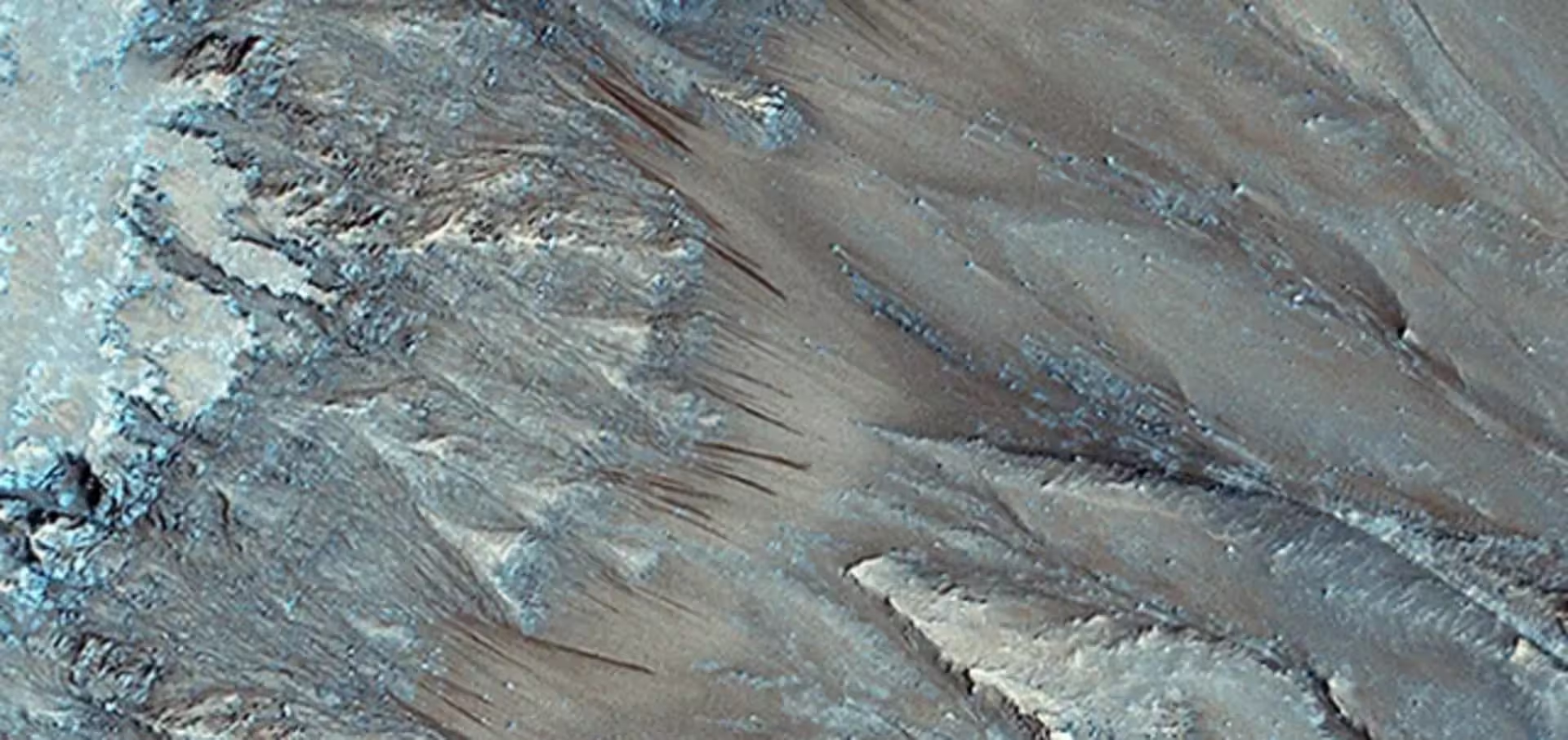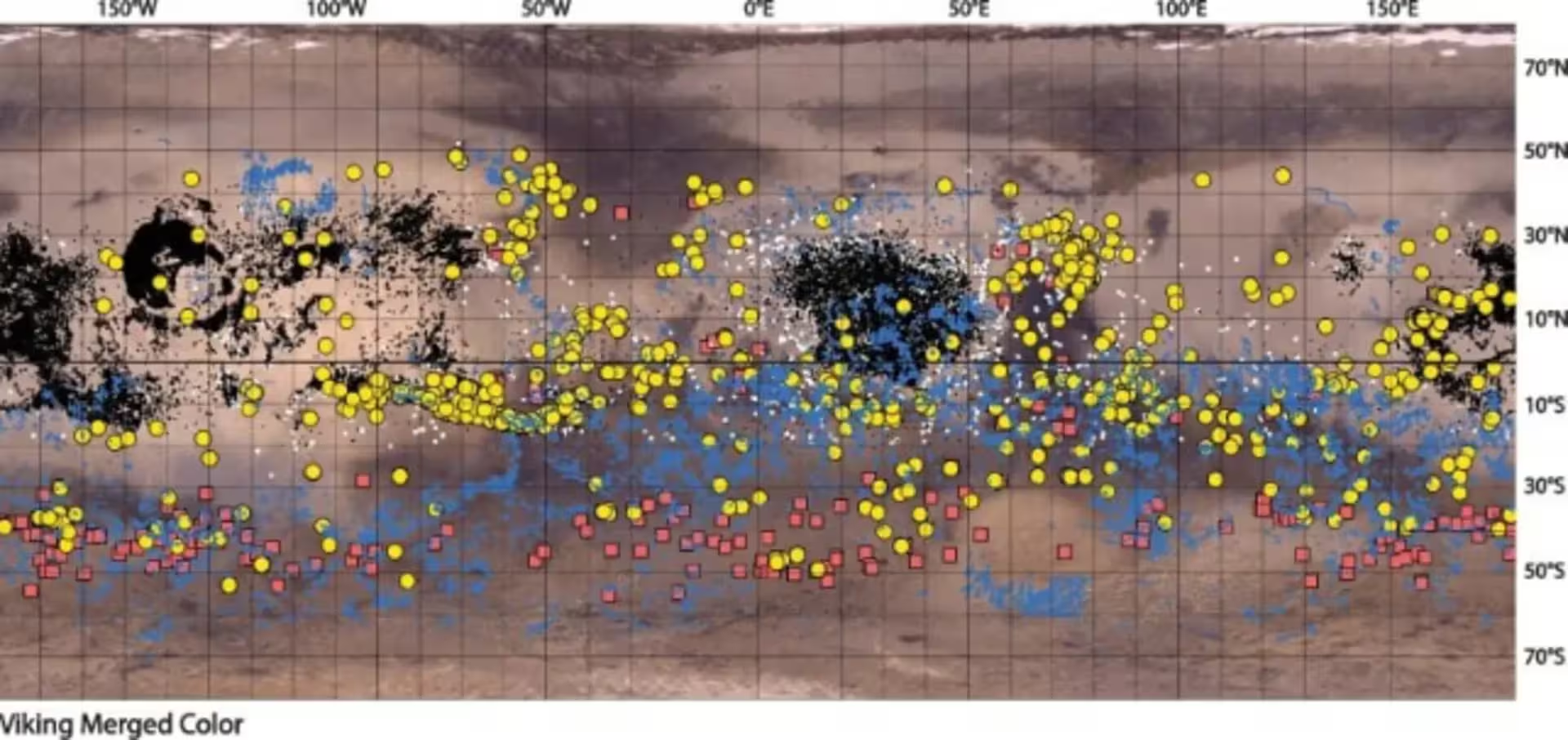4 Minutes
Background: Rethinking Martian Streaks and the Search for Water
For over a decade, the discovery of mysterious dark streaks—known as recurring slope lineae (RSL)—on the surface of Mars has captivated scientists and the public alike. First observed by Mars orbiters, these features appeared to ebb and flow with the Martian seasons, raising hopes that they marked the presence of liquid water. Given that the history of water directly informs Mars' past climate, geology, and its potential for ancient or current life, understanding the true nature of these Martian features remains crucial for planetary science.
Traditionally, many researchers proposed that RSL and similar streaks resulted from briny water seeping through surface slopes, perhaps sourced from melting salty ice or subsurface aquifers. This possibility intensified debates about Mars' habitability and the required precautions for future missions, given the risk of contaminating potential water habitats with Earth microbes.
Latest Research: Dry Origins for Dark Martian Streaks
A comprehensive new study conducted by an international research team has fundamentally challenged the water-based explanations for these dark slope streaks. Published in a peer-reviewed journal and highlighted by Universe Today, the research leveraged a global database of over 500,000 Martian streaks, including both bright and dark varieties observed across diverse terrains.

Massive Streak Database and Analytical Approach
Researchers cataloged 13,026 bright streaks and 484,019 dark streaks, noting that while these features show varied shapes, they do not split into sharply defined categories. Instead, younger streaks tend to be darker, while older ones fade to lighter tones over time. By harnessing this extensive dataset, the team analyzed spatial distribution, temporal patterns, and environmental factors at play across the Martian surface.
Key Findings and Rejection of Water-Based Hypotheses
The study systematically evaluated previously suggested mechanisms for streak formation, such as dust devils, rockfalls, freeze-thaw cycles, and flows of liquid water or brine. Their statistical analyses found no convincing evidence that streaks correlate with water-related processes. Notably, the dark streaks are not orientation-dependent, undermining theories involving CO₂ frost or melting seasonal ice as initiation triggers.
Instead, three statistically significant relationships pointed to a dry, dust-driven origin:
- Streaks cluster closer to recent meteorite impact sites.
- These areas experience higher-than-average surface wind speeds.
- During northern hemisphere winters, the streak formation rate increases in tandem with enhanced dust deposition.
The team concluded that these streaks are formed by the downslope movement of fine Martian dust and sand, likely mobilized by either seismic shaking from impacts or wind-driven processes. Over time, these deposits naturally fade, explaining the observed lifecycle of both dark and bright streaks.
Scientific and Planetary Protection Implications
For years, the possibility that Martian RSLs involved contemporary liquid water fueled excitement about Mars' present-day habitability. If active water flows existed, even temporarily, they could create habitats for microbial life—necessitating strict 'planetary protection' measures for robotic landers and human explorers to prevent biological contamination.
Lead author Adomas Valantinas notes, “One of the core goals in Mars research is to unravel ongoing surface processes, especially those involving liquid water. After detailed investigation, we found no signatures supporting the wet hypothesis. Our models robustly support dry mechanisms as the creators of these dark slope features.”
By demonstrating the absence of liquid water in or near modern RSLs, the researchers alleviate some of these concerns. Sites with abundant slope streaks are now considered less likely to harbor microbial life or require heightened anti-contamination protocols in upcoming exploration missions.

Broader Impact on Mars Science
The question of Martian water remains central to planetary exploration. Though Mars still has ice at its poles and ancient signs of liquid water, its present-day surface is evidently much drier and less hospitable than many had hoped. This new evidence clarifies that RSLs are not conduits for hidden water reserves, reinforcing Mars' current status as an extremely arid world.
However, the findings also sharpen research focus on alternative sites—such as polar deposits or subsurface icy regions—where water still might play a role. Technologies for remote sensing and high-resolution imaging remain vital to further unraveling the planet's environmental history.
Conclusion
The latest comprehensive analysis of Martian dark streaks brings decades of speculation to a close: there is no active seasonal water flow shaping these eye-catching markings. Rather, the features are the legacy of dry sedimentary processes—driven by Martian winds, dust and meteorite impacts. While this reduces immediate prospects for discovering simple life in these regions, it simplifies mission planning by lowering contamination risks and calls for new strategies in the search for Martian water. Ultimately, the research deepens our understanding of Mars as a cold, dusty, and unrelentingly dry world—compelling planetary scientists to recalibrate their exploration priorities.


Comments